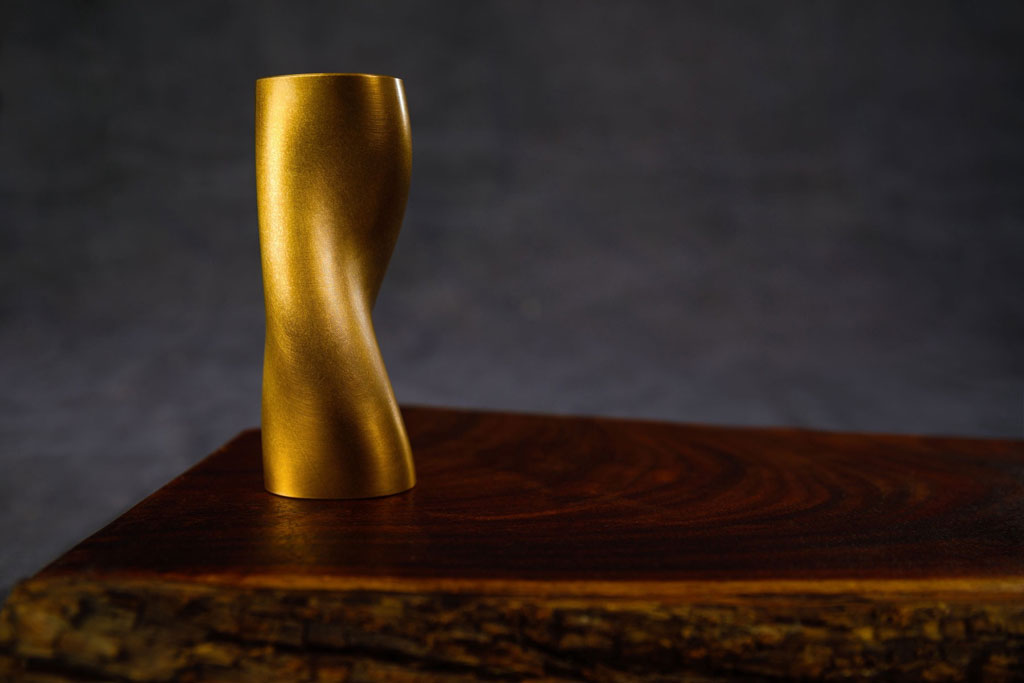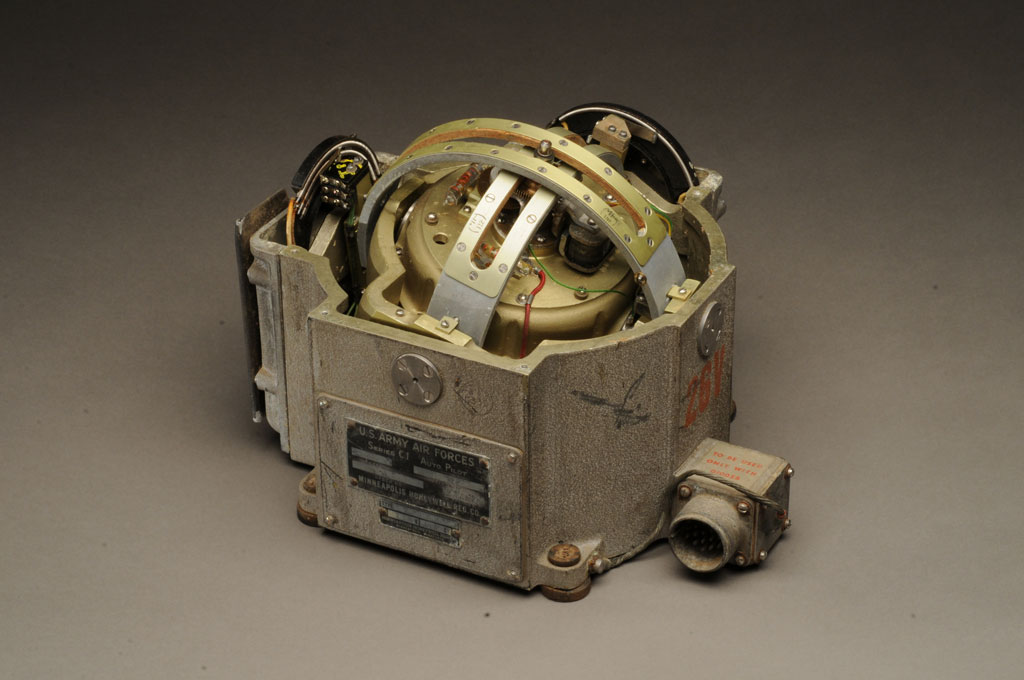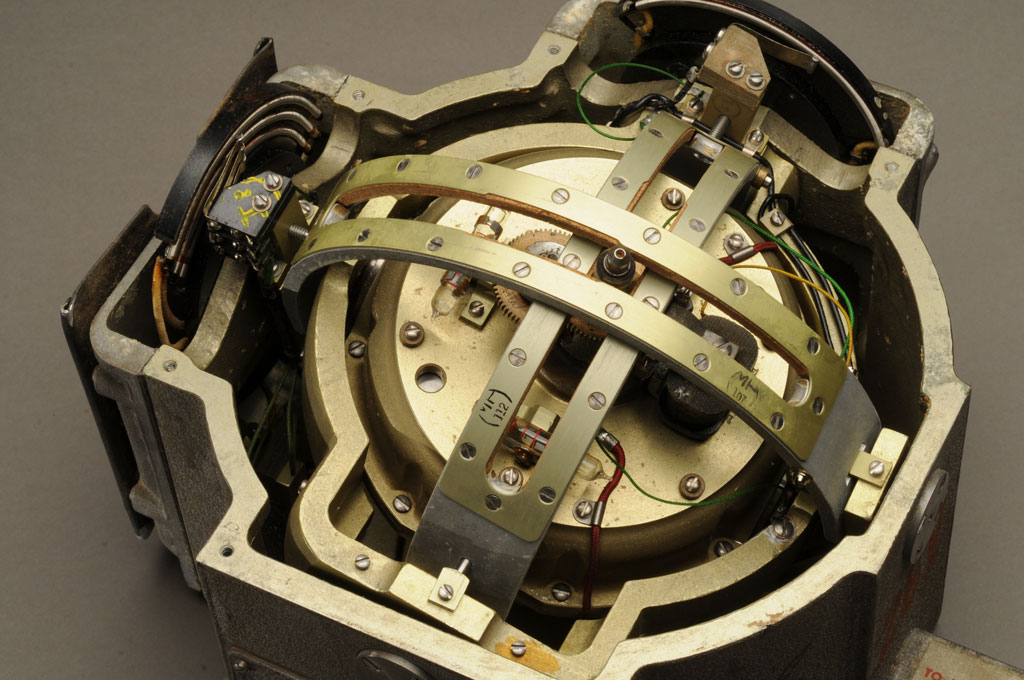DESIGN:Dead Nuts
 “Dead nuts” is a machinist’s term for absolute precision, the highest compliment for something that is being inspected for accuracy. Through the combination of extreme precision, invention, and design, the machinist is among the most exacting craftsmen. Using resourcefulness, ingenuity and skill they create the critical parts that allow an idea to become a reality.
“Dead nuts” is a machinist’s term for absolute precision, the highest compliment for something that is being inspected for accuracy. Through the combination of extreme precision, invention, and design, the machinist is among the most exacting craftsmen. Using resourcefulness, ingenuity and skill they create the critical parts that allow an idea to become a reality.
By Efi Michalarou
Photo: Museum of Craft and Design Archive
The exhibition “Dead Nuts: the search for the ultimate machined object” at The Museum of Craft and Design (MCD) in San Francisco, the only Museum dedicated exclusively to modern and contemporary craft and design, is an exploration of some of the finest examples of the mechanical age. The objects in this exhibition inspire even precision machinists because they represent the finest work and the purest forms. Posed as a question in 2009 to an online forum called “Practical Machinist” over a period of several months, a small community debated “What is the ultimate machined object/mechanism?” The exhibition presents approximately 40 objects that makers and enthusiasts themselves nominated as “the ultimate machined object” and that represent both process and product, highlighting how they have revolutionized the lives of the people that use them. As the curator of the exhibition, David Cole, says “This exhibition presents objects and images of things that are important to people who make things. In displaying these pieces, we attempt to reveal what is special about them and how they are understood within the communities that venerate them”. Throughout the exhibition some objects represent the primal building blocks of mechanization: the wheel, the lever, the screw. Others are examples of tremendous complication: the Curta calculator, a radial aircraft engine, Moore #1 jig borer, and a microprocessor. Between these extremes are seemingly humble objects that belie their sophistication but have revolutionized the world. Our global standard of living is built upon these technologies; this exhibition attempts to elucidate what is so special about these objects and why they were proposed as the ultimate machined object/mechanism. David Cole further explains, “Today, we are inundated with a sea of objects: products meant to entice, be consumed and then discarded. What was so special once becomes worthless in a few years. How can we step back and consider those things that have truly impacted us through their utility, design, craftsmanship, innovation or importance? This show attempts to ponder that question. By asking an online community with similar interests but diverse expertise and backgrounds, what they consider to be the ultimate machined object, we create a starting point for evaluating what is meaningful in our material culture”. During the run of the exhibition, Museum of Craft and Design’s John and Robyn Horn MakeArt Lab will be open for visitors to explore materials and design their own machines with supplies and tools provided by Center Hardware.
Info: Curator: David Cole, The Museum of Craft and Design, 2569 3rd St, San Francisco, Duration: 27/7-1/12/19, Days & Hours: Tue-Sat 11:00-18:00, Sun 12:00-17:00, https://sfmcd.org



